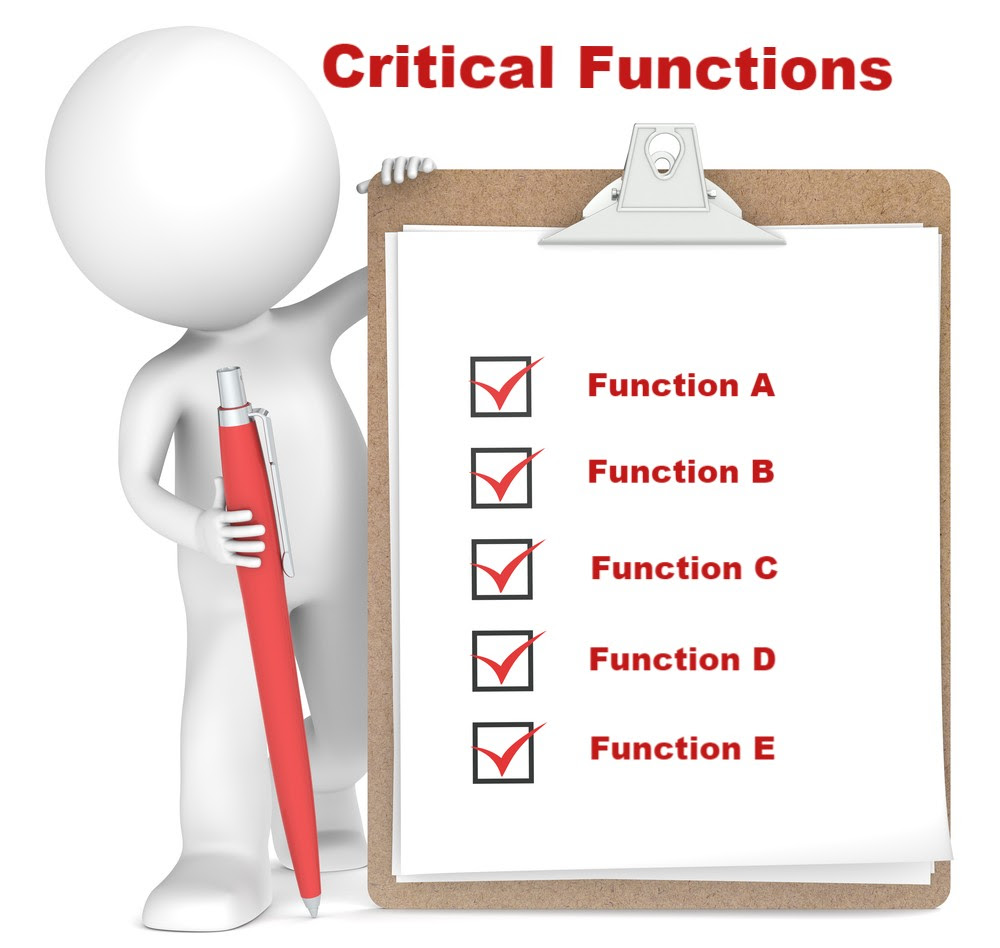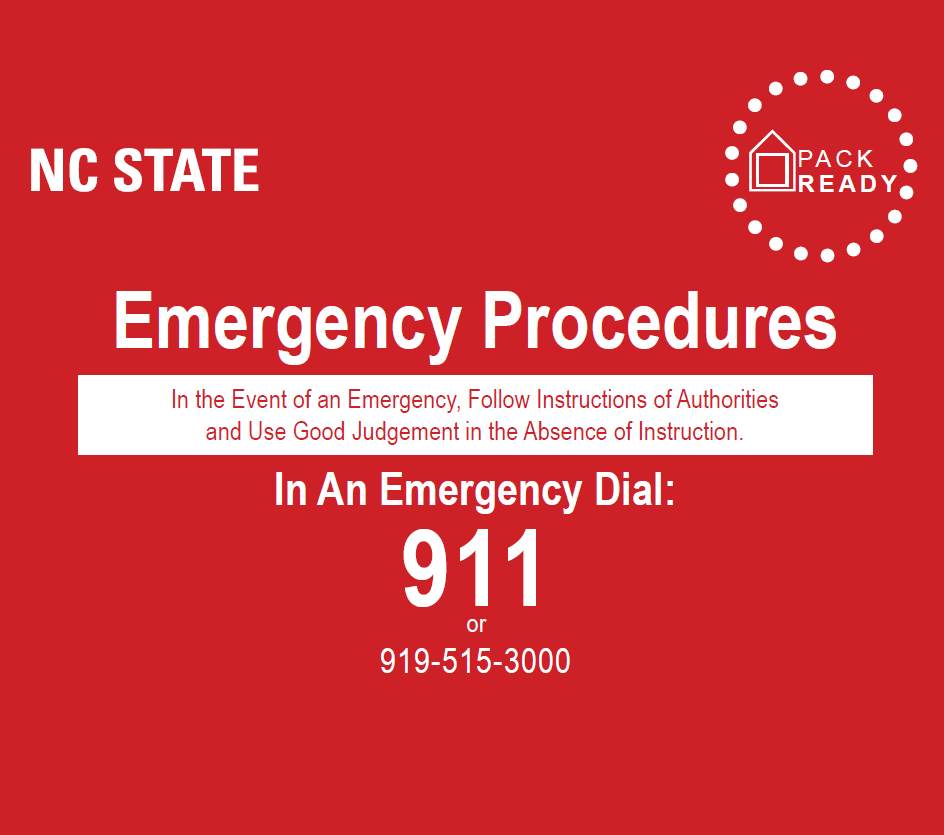Identifying Critical Functions
Month one, we identified who needs to be connected when emergencies happen. This completed updates to phone trees, email groups and started the conversation about other options like text message and other apps.
Month two, we targeted IT needs and making sure teams could work remotely if access to the office was off the table. Most of you tackled this and made easy updates!
 Now, answer the question – what is most critical to maintain in the event of an emergency? Servers? Refrigerators? Hiring actions? Each department has different services and needs so having a conversation that identifies these is necessary. Let’s get started!
Now, answer the question – what is most critical to maintain in the event of an emergency? Servers? Refrigerators? Hiring actions? Each department has different services and needs so having a conversation that identifies these is necessary. Let’s get started!
Step 1 – Identifying and prioritizing your responsibilities (1 hour)
Start by just making a list of everything your unit does. Capture as many of these as possible.
- What are your key responsibilities?
- What do you have to do to meet your mission?
- What things do you do daily? Weekly? Monthly? Annually? Review your list–are there functions you do to support items on this list that are not already? Add these.
Then, we need to think about criticality. You may not have anything that would be considered a life safety issue, but you may have processes that if not restored within 24-hours present major risk to a variety of services or missions of your unit.
Step 2 – Describe. That. Function! (4 hours)
Step one was to identify your critical functions – now, please explain more! You are the most familiar with the functions of your planning efforts. Make this descriptive enough that someone who does not perform this function regularly or at all can understand the purpose and process of the function.
- Identify the people responsible for this function. This can be the single person who has ownership of the program, or everyone who works on it. Just remember–everyone named in the plan should read and buy off on their portion of the plan. When you’re trying to recover from an event, you don’t want anyone to be surprised that they are responsible for part of the plan
 Scheduling services – When do these services happen?
Scheduling services – When do these services happen?
- Are there months where the workload for this function is higher than normal? Or months where a delay in the function might causes greater harm then if it happened during the slow season?
- Do your peak periods not fall in specific months, but a specific day, like the 10th of every month?
- Explain – in simple terms – your peak times. It may seem unnecessary, however, you may not be the one who is there to implement the plan. The person using the plan should understand the timing and need behind the services.
- Ask yourself if there are consequences of not completing these services in a specific timeframe and what happens next. Proceed through the steps again from the top for each of your critical functions
Step 3 — Action Items (1 hour)
Reflect on the critical services list you made, the schedule and the consequences of not getting it done. What can we do to prevent a stop in services? Some possible questions/actions you might pursue:
- Are there potential opportunities for cross-training? If a function is critical, but only one person knows how to do it, this is a significant risk
- Do you work with other teams to complete this work? This is a good time to start thinking about the potential of another department or team to take on this work temporarily in the event a disaster disrupts your unit but not others are the university.
- Still not sure you know everything you need to about your business or critical functions? Maybe it’s time to set up a meeting for everyone in your unit, or individually with team members to get a better sense of the critical functions of the organization?
- Are there any forms, documents you need to perform this critical function. Upload them to your Pack Plan for easy reference and to use in planning discussions with others.
Remember, we will be returning to critical functions over the next two months, and this plan is an ever evolving, living document. Don’t let the complexity of what is being asked stop you. Jot down what seems right, and move on. You will have the opportunity through this process to review, edit, perform gut checks, and exercise the plan with your team. Don’t stop because you don’t think it’s perfect. Don’t let be perfect be the enemy of good.
Final Step for Month Three – Ongoing action items
 New emergency information flipcharts are now available! We are posting in common areas with high traffic first and moving to laboratories and other spaces soon. If you would like to have some for your specific office, call us!
New emergency information flipcharts are now available! We are posting in common areas with high traffic first and moving to laboratories and other spaces soon. If you would like to have some for your specific office, call us!